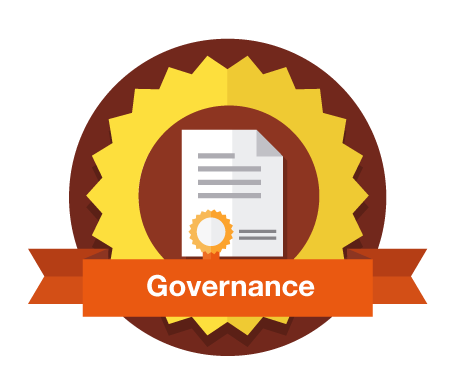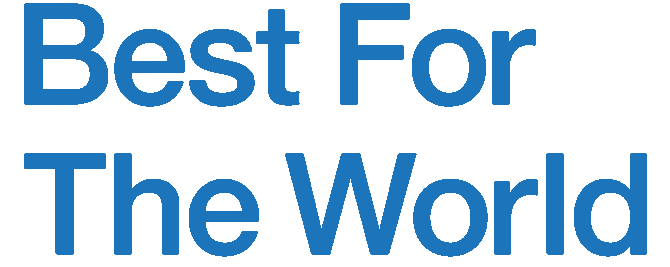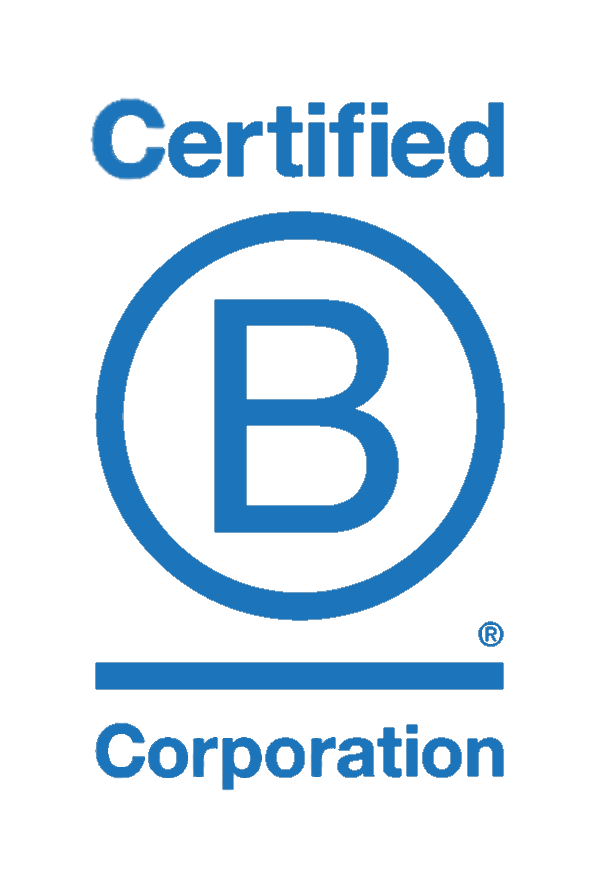What Is Shareholder Primacy, and Why Does It Matter Right Now?

What Is Shareholder Primacy, Exactly?
“Shareholder primacy” imposes a duty upon boards of directors to put the interests of their shareholders above all others. Traditionally, management has been seen as an “agent” for the “principals” who are the owners. When the management also acts as an agent for the non-owners who are impacted by the business, management makes better-informed decisions that advance the long term interests of all concerned.
Shareholder primacy has roots in a lawsuit from about a century ago. The landmark case of Dodge v. Ford Motor Co. established this principle when defendant Henry Ford progressively lowered the prices of his cars and withheld dividends from stockholders when he learned of the Dodge brothers’ plan to cash out their shares in Ford Motor and start their own car company. Henry Ford justified this decision by saying the more affordable cars would spread the company’s benefit to the general public. Because he was bound to his stockholders as a fiduciary, Ford lost under that justification and was ordered to pay out a larger dividend to stockholders.
The traditional shareholder primacy approach to director duties is yielding to a more encompassing “stakeholder” duty. Stakeholders are not just owners. Stakeholders are those impacted by a business. Stakeholders encompass workers, the community, customers and the environment, in addition to its shareholders. The theory is that when business management considers the interests of their customers, workers, community and environment, the business will achieve better long term success. This stakeholder primacy requires a board of directors to look beyond short-term profits and ask, “How do my company’s actions affect all stakeholders?”
Advantages and Disadvantages of Shareholder Primacy
The advantage of shareholder primacy is that shareholders, typically passive investors in a corporation, can rest assured that directors and officers will make informed decisions to maximize the value of their shares because it is the directors’ fiduciary duty to do so. The disadvantage, or critique, of this long history of corporate case law is that when shareholder primacy trumps all other interests, the value per share may be increased at the exclusion, or detriment, of all other stakeholder interests.
Stakeholders v. Stockholders
A stakeholder is anyone impacted by a business, positively or negatively, in a non-trivial way. It is a business’s “footprint” on the planet. Stakeholders have an “interest” in the products and byproducts of a business, whether they are impacted by financial, environmental, or other benefit or harm. Stakeholders exist at a local level and sometimes a global scale. Stakeholders are not just owners, workers, contractors, suppliers, local community, but can even include non-human organisms because a business is part of the larger “ecosystem”. A sustainable business creates a “virtuous cycle” where growth and benefits start a “feedback loop” that leads to further growth and benefits.
Today, more businesses understand that the pendulum moved too far in the direction of shareholders, above all other interests. It is now swinging back. An example of considering broader stakeholder interests would be a recognition that reducing pollution results in lives saved and reduced respiratory disease outside the company, often in under-served communities located near a plant. Should a board of directors vote to install smokestack scrubbers if not required by regulations? The benefit of adding scrubbers can benefit stakeholders’ lungs and creatures downwind, and should be considered by the board when deciding whether to justify the cost of adding scrubbers to a smokestack, even if it does not increase immediate shareholder profits. It is part of being a good neighbor, community member and doing the right thing, even if it results in a lower rate of return on the business’ assets. Long term, adding scrubbers results in reputational benefits short-term, lower liability from claims against community members and better community relations.
How Do Business Decisions Affect Stockholders?
Many people are aware more companies are creating incentives for their employees to volunteer or matching donations and taking steps to lower electricity, water and other utility consumption and pollution. This creates a culture of engaged givers, rather than disengaged takers. Businesses want workers who change their mindset to think about others first and have that become part of the corporate brand as the company’s ambassadors. That creates purpose, alignment and culture to promote the long-term financial health of the business and connection with the larger goodwill in the community.
Some business owners decide to go one-step further and help insulate management decisions from shareholder challenge for waste, by adding a “mission lock” toward public interests by adding a public benefit purpose to the corporate charter. A number of state legislatures amended their corporation law to allow for public benefit corporations by adding a specific public benefit purpose to their charters. For example corporations may want to dedicate a certain amount of resources to giving back to local charities, without fear of stockholder lawsuits. This can be accomplished safely by filing as a “Public Benefit Corporation.” An LLC can also allow management to provide a public benefit if it is allowed by its operating agreement, approved by a majority of its owners or if the LLC is filed as a Public Benefit Limited Liability Company.
Even without this “mission lock”, directors of general corporations are within their rights to consider the impact of their decisions beyond the shareholders. This was affirmed by the Business Roundtable, a group of large influential business leaders who have voted to reject the shareholder primacy model. An example of looking out for workers is keeping them employed during a temporary interruption in business as a result of pandemic.
To help promote stakeholder interests, many large corporations have setup sustainability committees to give preference to vendors who promote sustainability and to promote sustainable practices within the business, from constructing new facilities that are energy efficient and use sustainable products as construction materials. Some businesses are spending more on recycled inputs and reducing packaging waste. By adopting a sustainable business practices, these businesses become more attractive places to work and more attractive businesses for consumers, suppliers and partners. Sustainability is a positive signal that a business will try to do the right thing and be ethical in other ways. The theory being that good businesses attract good people and good partners, which can create a great business.
A number of certifying organizations have cropped up to certify businesses to see if they are really doing good, or whether this is “astro-turfing” public relations (either a short term commitment that goes away when a sustainability director leaves or when they decide to cut costs to save a penny per share) without a real commitment to sustainability. One example of a certifying organization is B-Lab that reviews applications to determine if businesses meet minimum criteria to become a “Certified B Corp”. Businesses that become certified can advertise this with their branding and become part of a “B Hive” community of other like-minded business, such as Patagonia.
B Lab runs each company that applies for their B Corp certification through a thorough “Impact Assessment.” The company must answer dozens of questions about its energy consumption, HR practices, and measurable outcomes, and provide documentation supporting those answers.
What Can a Business Do to Be More Sustainable?
Sustainability does not happen only by installing low-flow plumbing or having adding an additional employee lunch each quarter. It also does not happen only by amending your charter. Any company can work toward sustainability, regardless of their corporate structure. To become sustainable, a company must take steps to engage its stakeholders and act to further the public benefit in their corporate charter. For example asking customers whether they are satisfied with products or have suggestions for ways to improve customer relations.
Not all steps toward sustainability need to be big steps or be externally focused. A small example of one sustainable initiative our company launched was a “stair climbing incentive” during the six month time frame that our building’s service elevators were being upgraded from relay controllers to digital controls. Each team member was encouraged to “take the stairs” to earn two dollars each time they climbed the six floors to our office and one dollar each time they walked down to the ground floor. This incentive was enacted to provide a benefit not only to worker health and wellness, a part of our stated public benefit, but also to other stakeholders. Tenants on other floors felt a smaller impact of having only one of the two elevators in service during retrofitting. The building condo owners saw a decreased electrical bill. Our neighboring floor workers and owners were included among our stakeholders.
How Do I Engage Stockholders?
Businesses often make stakeholders aware of the efforts they are taking toward sustainability through a public relations campaign, but the river should flow both ways. Sustainability efforts last when companies engage their employees and people in the local community in a collaborative decision-making process rather than a completely top-down approach. An important part of this collaborative process is identifying what matters to the stakeholders and aligning interests so everyone can benefit.
In the consumer organic food market, many people prefer to buy food that was made from ingredients grown locally and not from animals receiving artificial hormone treatment or plants that were subject to unwanted chemical pesticides or GMOs. Companies like Ben and Jerry’s ice cream and Stonyfield Organic yogurt proudly advertise these self-imposed requirements to stakeholders on each ice cream and yogurt they sell. These companies are Certified B-Corps.
One of the byproducts of traditional shareholder primacy can be a “vicious cycle” of cut-throat management, managed quarter-to-quarter with everything else be damned from its workers to its customers to the environment. The business community has come to realize that something went wrong when layoffs and pollution were ways to profits. Something has started to change, to promote long term benefits, to make this an economy more sustainable where organizations promote “well-being” to take this one step closer to a more sustainable business and collectively, a sustainable economy.




